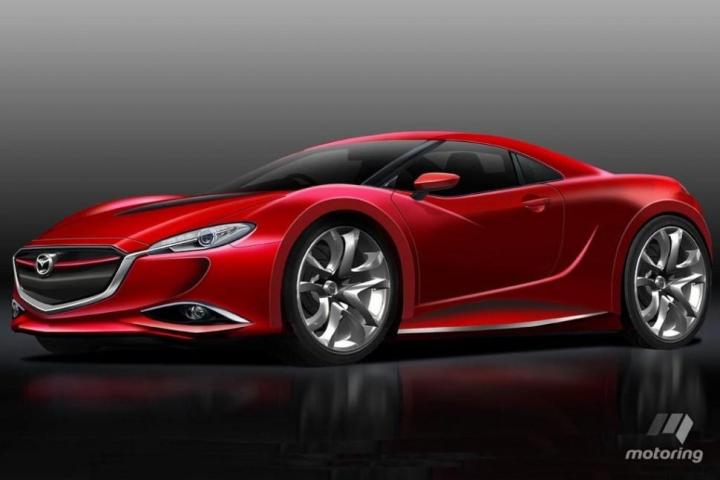
Since then, the rumor mill has been a fertile machine, spinning out countless examples of automotive foreplay in the form of RX family buzz. Some have said that a next-gen RX-7 or RX-8 could use the 2016 Miata’s platform, while others have claimed a 450-horsepower turbo rotary is in store.
Mazda Design Chief and RX-8 designer Ikuo Maeda recently told Automotive News that he’s constantly working on a follow-up to the RX twins, but he won’t approve it until it’s ready.
“I will never give up,” he said. “Inside my head, I’m always going over shapes.”
Don’t confuse stubbornness for impairment, though. Maeda, whose father conceived the RX-7, says he won’t deviate from brand tradition by using anything but the infamous high-revving triangle.
Reports have suggested that the Japanese automaker is considering a conventional Skyactiv powertrain for the car, but Maeda was quick to refute.
“The name is RX,” he said, referring to the brand’s rotary nomenclature. “If it’s Skyactiv, we would just do it in a different vehicle.”
Related: New Mazda RX-7 could use the next Miata’s platform
So, if you’re dead set on a Wankel-powered successor to the RX-7 and RX-8, it looks like you’ll have to wait. Mazda has been reportedly engineering a new 16X engine since 2007’s Taiki concept, but it’s still a ways away from production. The brand is apparently still struggling with emissions standards.
If there’s a date to watch out for, though, it’s May 2017, a month that will celebrate the 50th anniversary of the Wankel-debuting Mazda Cosmo.
(RX-7 rendering via Motoring)


